Sikorsky HH-53, Revell, 1/48
Hi everyone!
This is my Revell 1/48 Sikorsky HH-53, finished as a USAF bird during Vietnam era. Built a dozen years ago.
The HH-53 belongs to the CH-53 family of heavy-lift transport helicopters designed and built by Sikorsky Aircraft. Originally developed for use by the United States Marine Corps, it is currently in service with Germany, Iran, Israel, and Mexico. The United States Air Force operated the HH-53 "Super Jolly Green Giant" during the late– and post–Vietnam-War era, updating most of them as the MH-53 Pave Low.
U.S. Air Force HH-53 Super Jolly Green Giants were the primary search-and-rescue helicopter in Southeast Asia between 1967 and 1975, inserted the Operation Ivory Coast rescue team into the North Vietnamese prison camp at Son Tay in 1970, and carried the Marines and Air Force Security Forces who attempted to rescue the crew of SS Mayagüez.
This is the 1993 Rebox of the 1981 Monogram kit, bought in 2002 at the cheap price of 20 euros from my local hobby shop. It comes in a very big box, as it is quite a massive model in 1/48. It is marketed as CH-53G German bird in UN livery. However, all the pieces are included there to make the HH.
It is a typical 1981 Monogram model: Nice raised riveted detail, as at the real bird, good shape - looks the part! - adequate cockpit, busy-ish rotor hubs etc.
From as much I can recall, fit was ok, with the sand/putty/sand method definitely implemented. I did not detail the cargo interior, as I model my helos and cargo planes with closed doors, which makes the interior paractically invisible through the cabin windows (penlight police excluded of course!).
The engine intakes are over simplified. I tried to simulate the intake mesh by drybrushing steel the pinned portion of the supplied intake. I think that a more realistic looking intake would boost the looks of the kit.
The main rotor blades are molded straight, looking totally bizarre. I bent them under hot water.
My HH-53 was finished as a USAF bird of the Vietnam era, the camo being "Vietnam" (dark green/light green/brown with very light gray undersides. Decals were sourced from my decal dungeon. I did no weathering, only some sooting at the area behind the exhausts, very prominent at the real birds.
I have to admit that I always wanted to finish a Super Jolly in "Vietnam" camo. My initial disappointment after seeing the 1993 Revel rebox, became a joy when I realized I could build the Super Jolly with minimal extra effort.
This Monogram kit is a jewel, the resulting model is imposing (it's so big!) and I had a fantastc time putting it together.
I must confess that my lovely local hobby shop (which is saddly permanently closed due to the owner's retirement 8 years ago) had two copies of this great kit. I couldn't resist the ridiculous price and bought the second one too. It is residing in my Sod, to be finished as early four colour Israeli bird, the Yas'ur!
Thanks for reading so far, my friends; I am very happy that I can share my Super Jolly with you.
Happy modelling!
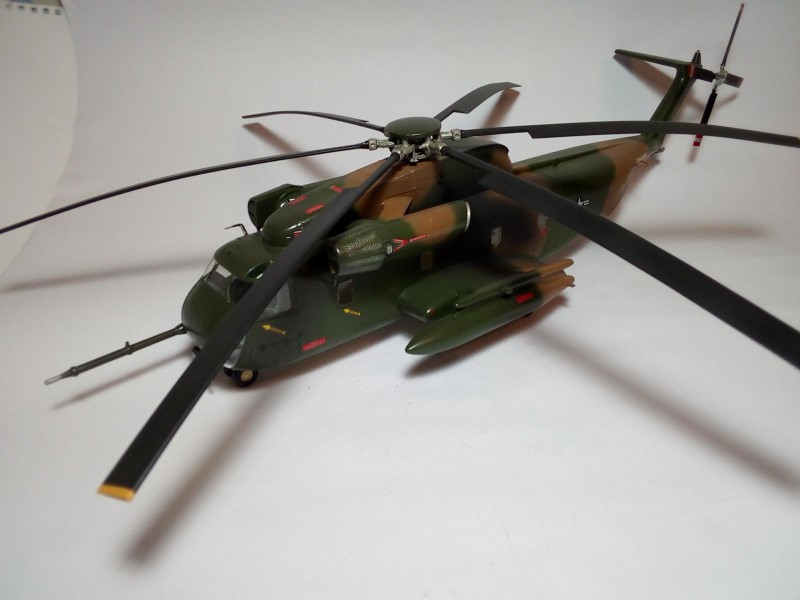
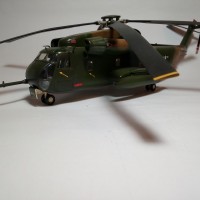
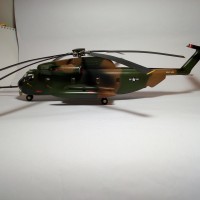

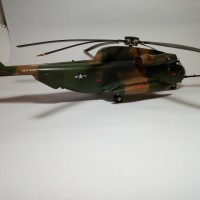
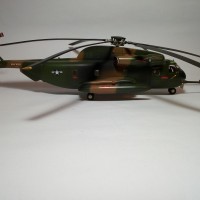
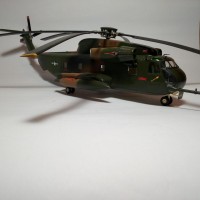
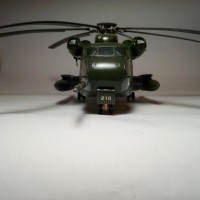
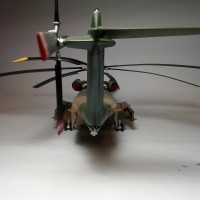
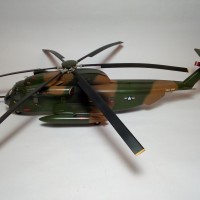
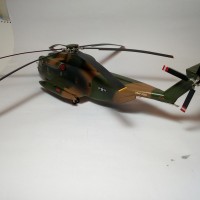
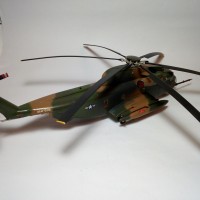
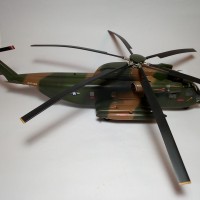
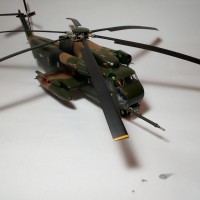
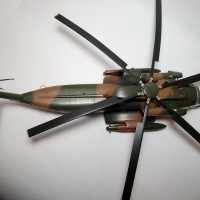
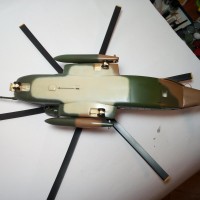
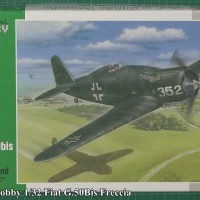
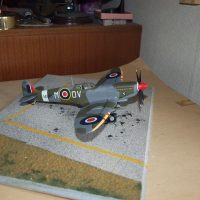
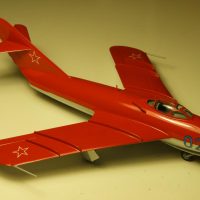
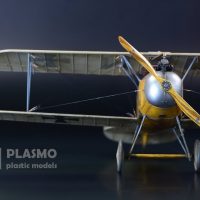
Great looking helicopter, Spiros, well done!
Thanks Michael! I love its beefy looks! This thing is BIG!
Spiro. That's a cool looking build. Nice job. Maybe someday soon I'll do a whoppy-chopper.
Thanks Gary! Please do and post! Cannot wait to see your choice!
Nice work Spiros, you don't see this kit built often and you've really brought it to life.
Thanks a lot, Tom @tcinla. I really opt to start my Yas'ur one. I think it will look interestingly different in those green/brown/sand over light gray colors.
An excellent job, Spiros!
Thanks Robert!
Great build Spiros. I was inspired to buy one and the Cutting Edge Pave Low conversion after reading Clear and Present Danger. However life got in the way and it is still in the box. I might just have to rummage through the stash after seeing your build.
Thanks Haslam! I can imagine yours built as a Pave Low...what an imposing model will it be in its gray outfit.
All the best!
Really nice job on this Spiros , I would love to see that Israeli version.
Keep safe.
Thanks Neil! The Yas'ur has been swivelling in my mind for quite a while...I think its time arrives slowly slowly.
All the best! Stay safe too!
I built this along with Monogram's Hind back around 93. My result on the Jolly Green Giant wasn't as nice as yours! I do wish there was more detail in the cargo bay, but hey, it's 1/48 so I won't complain! Anyway, they give you a Jeep! (And an artillery piece if I remember correctly.) I do have the 2000's reissue so I can try again! It looks good in SEA camouflage, can't wait to see your Israeli version. (Oh, if you haven't tried the Hind, I highly recommend it. Great kit!)
Hey, Josh! Indeed they gave a Jeep, together with the artillery and I built them as well! Please check the pic below. I think I will revisit them, though, to give the seats a more appropriate greenish or blackish colour, together with some extra detailing and weathering.
Have the Hind somewhere in my SoD. Loved it! Now you reminded me, I'm going to find it and maybe give it a go soon. I think it was molded in a lovely beige color...
All the best, my friend @jpatt1000!
1 attached image. Click to enlarge.
Spiros, it looks superb. Nicely done.
Cheers,
Scott
Thanks Scott @scott57! Glad you like it, my friend.
All the best!
Very cool Super Jolly Green Giant, Spiros. I really like the Vietnam era camouflage. Nice airbrush work. I still haven't completed a helicopter but I have two on the go (Airfix Lynx and A-Model MI-6). Seeing yours gives me some inspiration.
Thanks Colin @coling! True, the "Vietnam" SEA camo is fantastic. Got used to it in the past, only to realise how great it is now that it is less and less used operationally. C-130s in SEA, for example, were much more interesting than the current blunt allover gray ones (to my view). When I saw the Super Jolly in that camo I fell in love. I just got to build it!
Was a mechanic with the 40th ARRS. Nice job but there was no yellow on any blade tip; they were black. The main blades did have tip lights which were, more or less, always burned out. The blade rotor was not silver, it was green with orange hydraulic fittings and black hoses. The rotor mounting bolts were silver thou. I don't recall any serial number markings in white. I have a couple flight line photos from NKP but was unable to attach them here.
oops ... the rotor head spindles were black while the articulating mechanics were green. Side note. Each blade was color coded to insure they were reattached to their controlling hardware. We used colored tape and paint. (Why? Each blade was different and had to be tuned. The tuning was done with an adjustable link that added or removed pitch.)
Thanks @shedd! This is indeed great info, wish I knew it beforehand! In my build I just followed instructions.